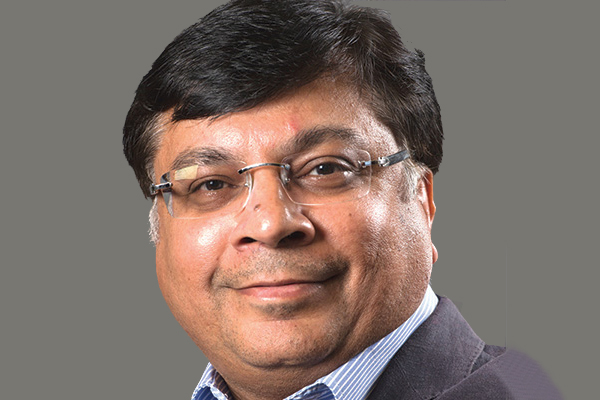Views of TOP experts on Healthcare Budget
During the Covid-19 crisis, India has also emerged as a supplier of ‘Made in India’ healthcare products and medical devices for other countries. About the matter, Rajiv Nath, Forum Coordinator at AIMED (Association of Indian Medical Devices Industry) says, “The onset of Covid exposed the soft underbelly of the healthcare insecurity in India with its huge over-dependence on imports. The nation had to undergo a lengthy lockdown as the country prepared to build the healthcare sector and procure medical devices, manufacturing infrastructure and inventory of vital Covid-related devices like ventilators, masks, thermometers and PPE kits. But consumers do not gain from low duties if they have to pay for misleading and artificially inflated MRP labelled medical devices and are exposed to inconsistent prices that are linked to a volatile currency exchange rate. If consumer interest is to be protected, capping the MRP at 4-5 times the import landed price is more effective than turning a blind eye to the MRP which is as high as 20-30 times the import landed price. Indian imports of Rs. 42,000 crores, which account for 85% of the medical device market are a healthcare security risk which needs to be addressed. This is also an opportunity for ‘Make in India’.”
He too speaks of expectations regarding taxation, explaining, “After GST, imported devices are cheaper by 11% and Indian manufacturers are challenged to compete with Chinese imports in government tenders even for basic products like syringes, thermometers, examination gloves and blood collection tubes.”
About sustaining the ‘Make in India’ model, he adds, “We seek nominal tariff protection for devices being made in the country and a predictable tariff policy, so if capacity is added by a manufacturer, there is assured nominal protection. To promote the domestic medical device industry, which will subsequently reduce India’s heavy reliance on imports, the current basic import tariff of 0-7.5% needs to be 15% for medical devices (the bound rate under WTO is 40% duty) and on their components, it needs to be at least 5%, and 7.5% next year as a PMP ‘Make in India’ enabler. Concessional duty on raw material may be retained at 2.5% for now and for the next three years.”





